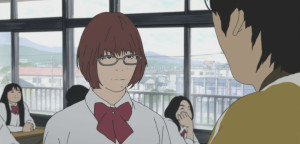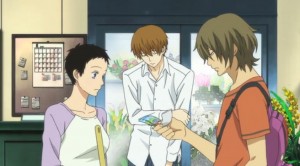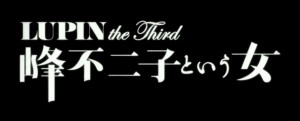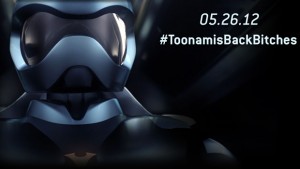Anime Round-Up: April 21, 2013
Sorry for the delay on getting the post up this week. First was that I had a review for Defiance to file for TV.com for tomorrow (it’s not a bad show so far, you should check it out), and that took more time to write than I was anticipating. The second reason for the delay is that Gargantia‘s new episode airs on Sundays, so I decided to pause so I could not quite be on a delay with that show. So, this week, Gargantia gets two episodes discussed (fitting, since they sort of form a two-parter of sorts). (I suppose I could wait until Monday to incorporate Flowers of Evil, but with Defiance on Monday nights, and me without screeners after the third episode, it’s probably not going to happen.
One of the charms (if we can call it a charm)/horrors of Flowers of Evil is how stuck we are in Kasuga’s psyche. It’s not that we’re not exposed to other people in the series — there’s a whole school of them plus his family around him — it’s that we’re always experiencing and responding to them through Kasuga’s perspective. As a result, the overwhelming guilt and fear of being found out as the thief has real weight to it, perhaps more than I honestly expected the show to convey.
Surprisingly, Kasuga is prepared to come clean, at least to Saeki (no need for all that public shaming that would undoubtedly result). Sure, he’s doing it out of guilt and not a desire to actually do the right thing, though perhaps we’re splitting hairs here. And, in any case, it hardly matters since Nakamura binds him to a contract of black mail of who knows what. At first, it just seems like long bike rides through the mountains, but after pushing Kasuga into Saeki’s breasts as he attempts to apologize, she wants an essay on how he felt at that moment. Welcome to the circle of perversion that is Flowers of Evil. No clear why she wants it, but the glee with which she asks for it implies a decidedly sadistic streak, one that I’m willing to bet Nakamura may not be fully aware of it, or even happy with. Perhaps her loneliness will be solved by completing Kasuga’s corruption.






